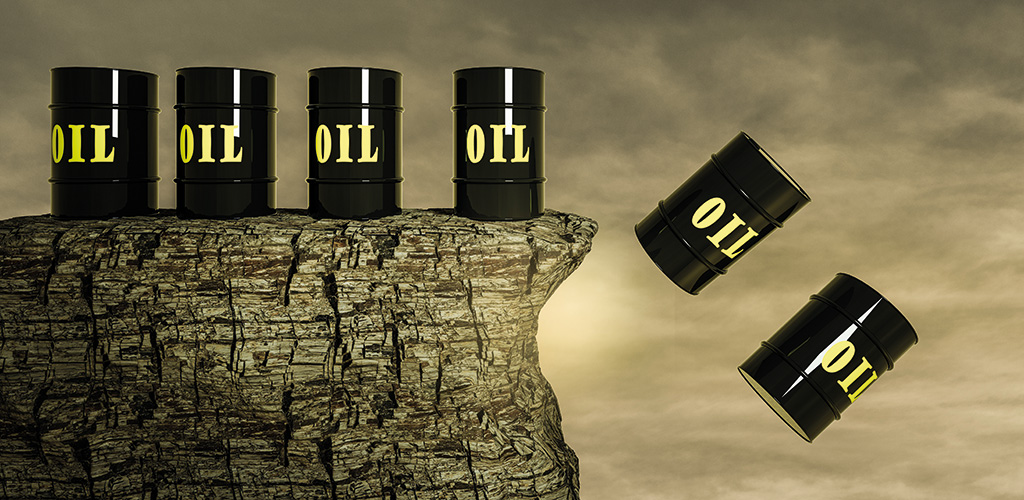Jun 23 | 2021
Writing on the Rig for Fossil Fuel Demand

 By Ian Dexter Palmer
By Ian Dexter PalmerWill the decline in oil and gas production due to climate change be slow or rapid? A gradual adjustment or a painful disruption? Some answers come by putting numbers on the U.S. greening of electricity and transportation, two of the largest uses of oil and gas.
President Biden’s goal is that U.S. electricity will be carbon-free by 2035. This means all 23 quadrillion BTU, or quads, of electricity now generated by coal and natural gas would have to go away, replaced by renewables like wind and solar.
There are very serious consequences. The demise of coal-fired power plants under this scenario is not unrealistic, as many of them have already gone away or have an end-of-life date before 2035. But the demise of gas-fired power plants by 2035 would be a major hit to the oil and gas industry. From where it is now, natural gas consumption would have to drop by 32 percent over 15 years to meet Biden’s goal.
Oil usage in U.S. transportation was 26 quads in 2018. Comprehensive modeling predicts that sales of electric vehicles, or EVs will be 50 percent of new cars sold by 2040. If this means one-third of all vehicles on the road are electric by 2040, then the decline of transportation oil will convert to a 24 percent decline in production of oil in the U.S. by 2040.
In the U.S., renewables would have to increase by five times their current production to reach the goals of replacing all power plants by renewable electricity by 2035 and reaching 50 percent of new EV sales by 2040.
In the U.S., if demand falls in electrical and transport sectors of energy consumption, then supply is likely to follow and the numbers roughly suggest a 32 percent drop in natural gas by 2035 and a 24 percent drop in crude oil production by 2040.
There would be a serious retraction, not expansion, in U.S. oil and gas infrastructure, and a correlated expansion in renewables’ infrastructure.
This picture becomes more likely because the U.S. federal government has raised climate change to a “crisis” stature and there is a groundswell for climate action among the U.S. population.
Attitudes to Future Infrastructure
In the European Union and UK, oil and gas companies are proactive regarding climate change due to government, stockholders and public urgings. BP has led the way by committing to be 40 percent invested in renewables by 2030. Total has also shown an ability to pivot and prepare for a greener future through a US$2.5 billion buy-in of Adani Green Energy.
This lies in contrast with the U.S., where many companies have adopted a “wait and see” position because they are still basking in the sunshine of shale success.
But some big companies are being proactive: ExxonMobil has set up a new company called ExxonMobil Low Carbon Solutions that initially will promote carbon capture and storage. Occidental is building a huge wall of fans to capture CO2 from the air and then bury it underground. And across the globe, a “tsunami” of new renewables will supply the majority of electricity in Australia’s main grid by 2030, as the market share of coal and gas collapses. It can seem that change happens gradually, then, presumably, all at once.
Ian Dexter Palmer is an energy consultant, former fracking engineer, and author of The Shale Controversy.
Image credit: Shutterstock
